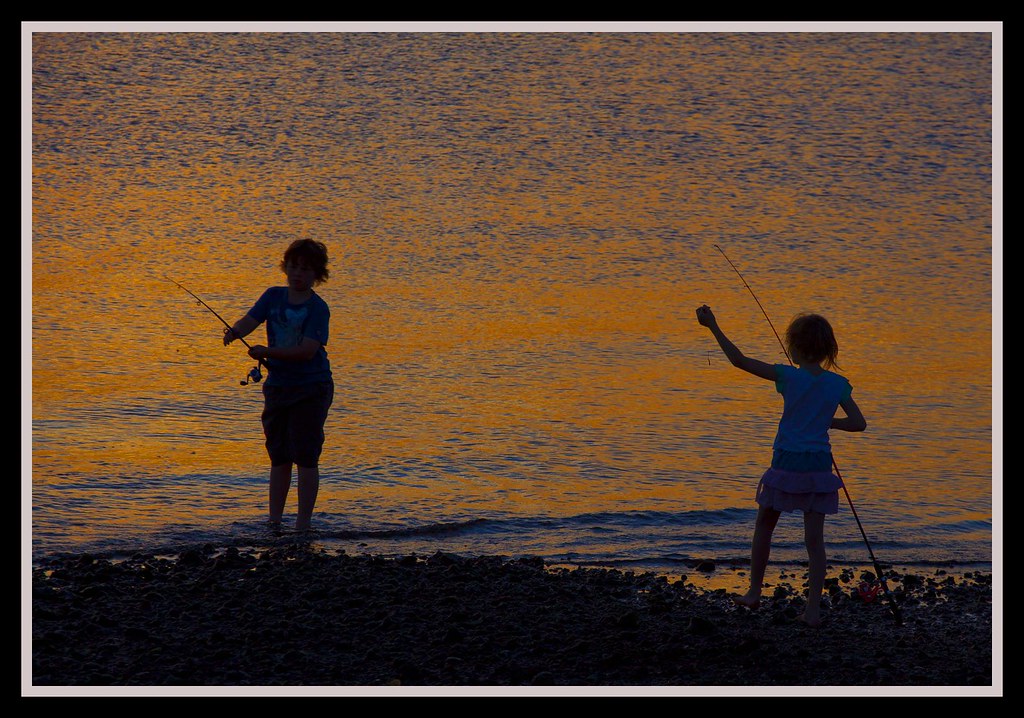 “Children Fishing into Reflections-1=” by Sheba_Also 17,000,000 + views is licensed under CC BY-SA 2.0
“Children Fishing into Reflections-1=” by Sheba_Also 17,000,000 + views is licensed under CC BY-SA 2.0
I found Sarah Olsen’s summary of Aoki’s work on the planned and lived curriculum very familiar in terms of my teaching practices, but also supportive in emphasizing the importance of the lived curriculum.
In elementary schools, it is easier to draw into the lived curriculum of students and facilitate their stories. Having the same group of students for ten months allows the educator to grow the collective bond and celebrate the diversity of learners. Teaching at grade five and six split class, the opportunity to communicate in talking circles where the curriculum becomes more personalized and flexible in responding to the “now”, and the teacher can pass between curriculum topics with an interweaving of student led interests, stories, and muses is within itself the lived curriculum.
This is not to say high school teachers can’t respond to the support of bringing the lived curriculum into their classrooms. However, there is more tension in the planned and lived curriculum, where specific content learning objectives are foundational pieces for students to understand more complex ideas as they move through the planned curriculum. It is in this realm where you find master educators balancing the lived experience of learning in the class and connecting it to learners with their analogies, storytelling, and giving the platform for learners to voice their experiences. Travis Fachs gives incite on his own practices with using artifacts in the classroom to provoke the lived curriculum.
In our current environment, we need to think back to Aoki’s thoughts on the lived curriculum and teaching in a blended or online environment by giving students their voices. We need students to have the opportunities to talk with each other, share their experiences, and allow teachers to respond to those voices and give guidance towards their interests. We have an amazing opportunity to facilitate pedagogy in a new way as opposed to the traditional in-classroom instruction by unlocking online learning tools for students. Online classrooms shouldn’t look like live video lectures that are teacher centered with students listening to content and not having the opportunity to engage or feel disconnected. Online or blended classrooms need to promote collaboration between learners by allowing the freedom to communicate between each other in small groups that would naturally occur in the classroom. Allow students to have their video cameras on and let them talk. Having policies in place to create the online lived curriculum allows the learner to engage, socially, emotionally, and personally.
Leave a Reply